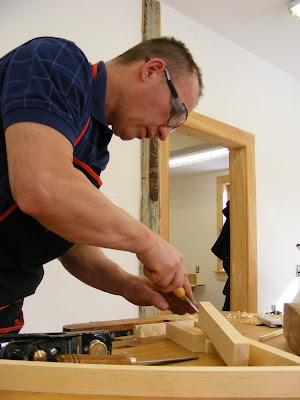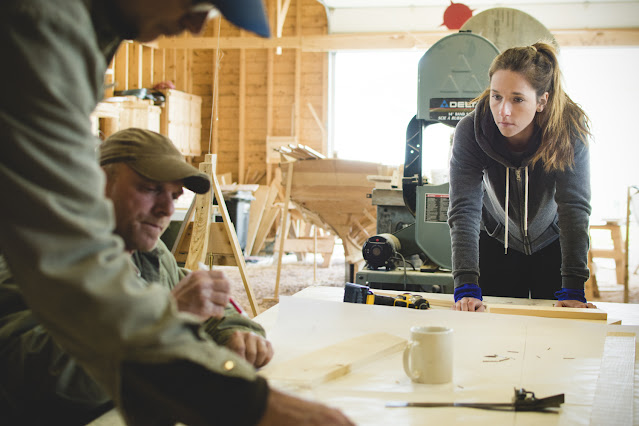If you are working with archived audio material, or recording new audio interviews, a tape log will help you keep track of information, and make your recordings easier to search.
Example of how to write a tape log:
Essentially there are three sections repeated over and over:
Minutes:Seconds of where the discussion topic starts 00:39
Simple text description of topic his father’s work, Hiscock names his
Grandparents
Semicolon separating description from new timestamp ;
In the body of the text, use commas to separate ideas within one topic, use the semicolon between topics to indicate a new starting timestamp. If writing a date use Day Month Year (28 February 1944 for example).
This is what a finished tape log should look like:
00:00 Ben Hiscock from Champney’s West, Trinity Bay, NL describes how his father met his mother; 00:39 his father’s work, Hiscock names his grandparents; 1:12 Hiscock was born on 2 December 1942 and explains his name Benjamin St. Clare Hiscock and where it came from; 2:07 growing up in Champney’s West and how supportive the community was, changes in the community television, population, hydro, plumbing, telephone, question of what will happen in the community once the senior citizens pass away, need for something to keep the community going; 5:01 an early memory of growing up in Champney’s West and hammering a penny to close the hole in the penny in order to buy a ginger snap at the shop owned by Mr. Myer Goldsworthy; 7:42 describes fishing with his father, Fishing grounds, Hand lining and trawls, 9:16 changes in the fishery in Champney’s West with new technology and regulations; 11:45 Keeping up the fishing stages; 12:22 Change in visiting in the community; 13:01 the shipwreck of the Saladin on 28 December 1943; An older man went outside to use the washroom and heard people screaming, Local man made a bosun’s chair, Community men rescued the people from the Saladin, Local man Wilfred Hiscock who jumped out on the rock to save the men; 18:27 a bosun’s chair and the captain of the Saladin; 19:45 the shipwreck of the Hazel Pearl on 28 February 1944; Hazel Pearl hit the hard ice and sunk, how Wayne a local man salvages the spar from the Hazel Pearl; 22:10 other shipwrecks in the area such as the Mayflower; 22:38 story of the person buried on Fox Island, Describes how his family settled Fox Island, Hiscock suspects the body found in the bog on Fox Island which has long hair and was wrapped in a blanket was the grave of Joseph Hiscock; 26:35 why families moved from Fox Island to Champney’s West, the main family names in the community; 28:47 how the name of the community was changed from Salmon Cove to Champney’s West, Hiscock explains how he thinks Champney’s East is older than Champney’s West there are Champney’s West families buried in Champney’s Arm; 30:05 Champney’s West during World War Two blackouts, low flying planes; 32:14 Description of local characters, Story about a local character Bill who worked on the Labrador and put a pair of women’s underwear in a keg of molasses as a practical joke; 37:20 Description of Christmas when Hiscock was growing up visiting, caroling; 38:13 Description of mummering and mummering rig up, Visiting and drinking during Christmas; 40:17 Celebrating bonfire night, Stealing tubs to burn; 41:30 what he feels is the most important thing in the community to save, Description of square dancing, Language; 43:09 Description of who would play button accordion for square dancing, how many couples you would need.
http://collections.mun.ca/cdm/singleitem/collection/ich_en/id/984/rec/3
Pro tip: Accession numbers are your friends! Make sure you label your log with the number/name of the sound file you are indexing!
Watch the YouTube tutorial here:







